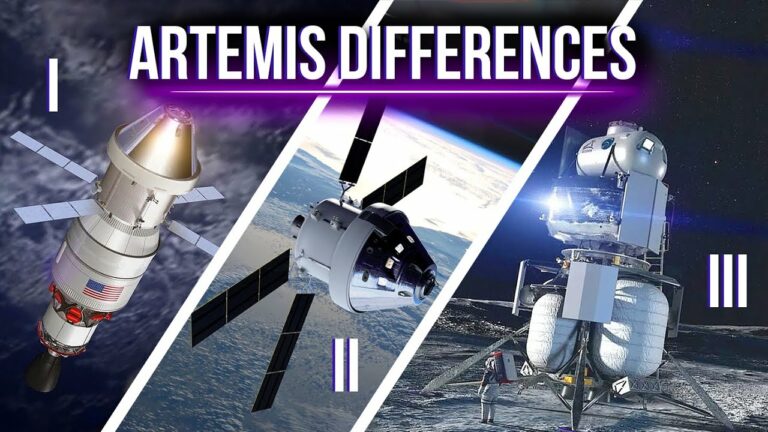What Are The Main Differences Between Artemis I, II, and III?
Ask your grandparents where they were on July 20, 1969. On that day, Neil Armstrong made history by becoming the first man to set foot on the moon. It was an incredible accomplishment that captivated the world and marked a significant moment in human history. The Apollo 11 mission demonstrated the power of human ingenuity and innovation and proved that anything is possible with determination and hard work. However, the mission was only the beginning of space exploration. In the following years, NASA’s Artemis program aims to take humans back to the moon, and this time, they plan to do something even more amazing: establish a sustainable human presence on the moon and use it as a launchpad for deeper space exploration. With Artemis II and III, we are poised to witness the next chapter in human spaceflight and exploration. But what are the differences between the three Artemis Missions, I, II, III?
Artemis I and II
On November 16, 2022, at 7:47 Central European Time, the first integrated flight of NASA’s Deep Space Exploration Systems took place: Artemis I was finally launched, after multiple delays. This mission was the first of a series of increasingly complex missions that will eventually lead humans to basically colonize the Moon once and for all. I don’t know who needs to hear this, but hey: even though we were born on Earth, we are definitely not meant to stay here forever: we are not meant to be spending our lives on this blue planet, drinking coke!
So how do we make sure we can live on another moon, or perhaps on another planet? We must be really careful. The first step to be taken is to demonstrate that we can use modern technology to build spacecraft that will ensure a safe re-entry, descent, splashdown, and recovery. And this has to be tested before the first flight with a crew. This is indeed the primary goal of Artemis I.
Artemis III
During the last part of the mission, the new crew of astronauts will travel in a near rectilinear halo orbit. This will be the first time a spacecraft is sent on such a weird orbit, but it is the ideal path along the gravitational boundaries of Earth and its natural satellite because it will allow the spacecraft to get as close as possible to the moon.
Do not forget to share your opinion with us to provide you with the best posts !




0 Comments